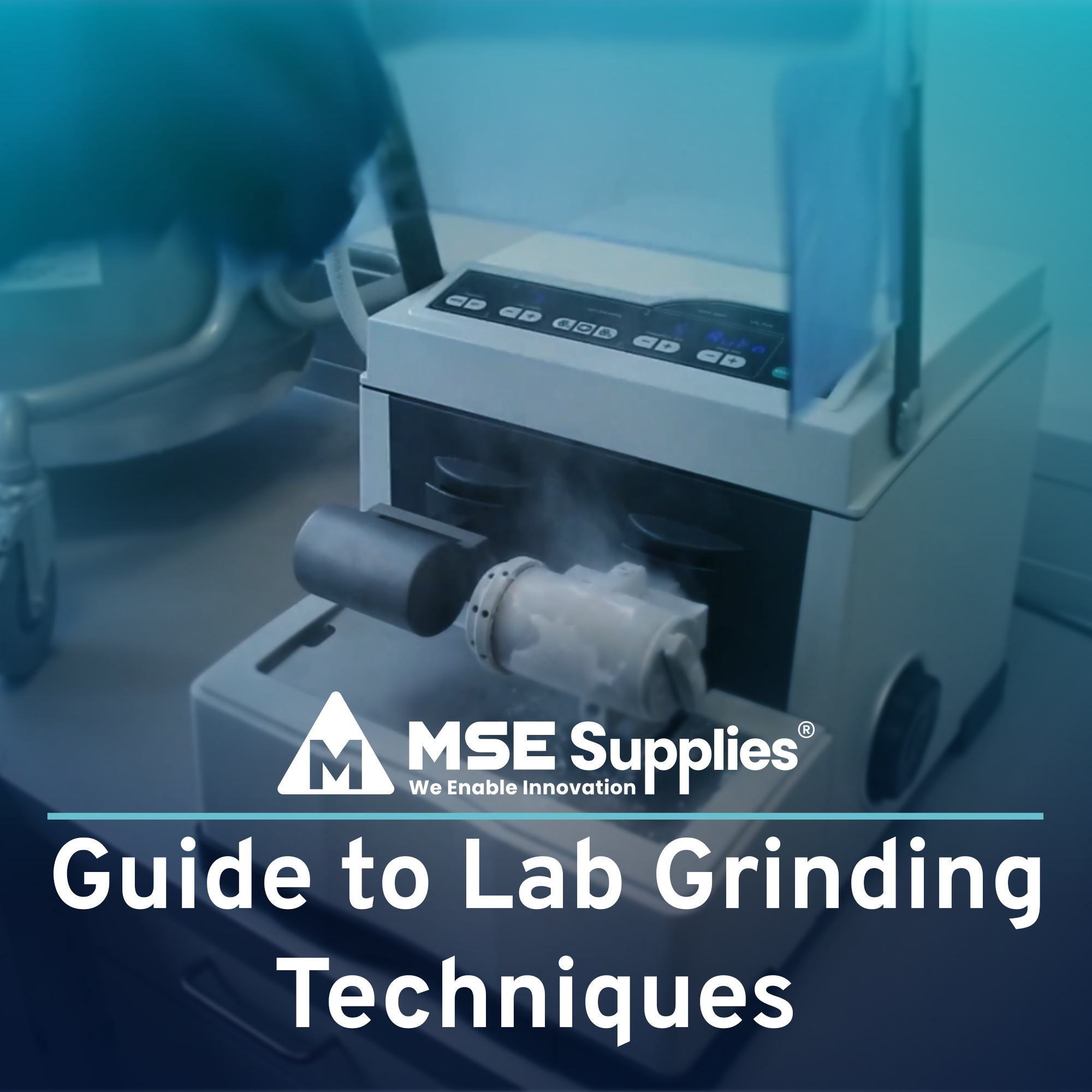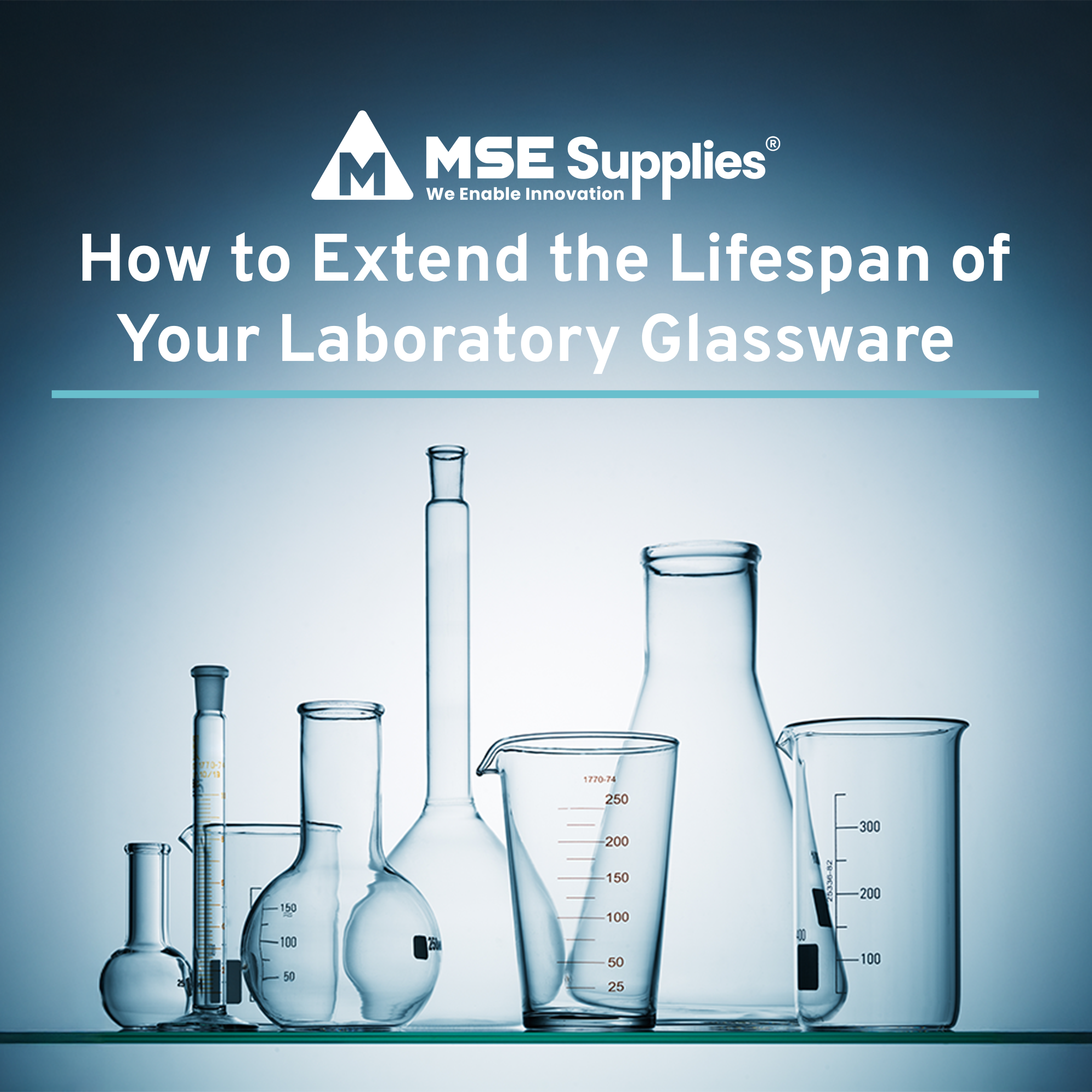Understanding of Hybrid Organic Inorganic Perovskites (HOIPs) Could Lead to Novel Solar Cells
Posted by MSE Supplies on
In a discovery that could have profound implications for future energy policy, scientists at Columbia University have demonstrated that it is possible to manufacture solar cells that are far more efficient than existing silicon-based cells by using a new kind of material.
The team, led by Xiaoyang Zhu, a professor of chemistry at Columbia University, focused its efforts on a new class of solar cell material known as hybrid organic inorganic perovskites (HOIPs). Their results, reported in Science, also explain why these new materials are so much more efficient than traditional solar cells – solving a mystery that will likely prompt scientists and engineers to begin inventing new solar cell materials with similar properties in the years ahead.
“The need for renewable energy has motivated extensive research into solar cell technologies that are economically competitive with burning fossil fuel,” Zhu says. “Among the materials being explored for next generation solar cells, HOIPs have emerged a superstar. Until now no one has been able to explain why they work so well, and how much better we might make them. We now know it’s possible to make HOIP-based solar cells even more efficient than anyone thought possible.”
Solar cells turn sunlight into electricity. Also known as photovoltaic cells, these semiconductors are most frequently made from thin layers of silicon that transmit energy across their structure to generate an electrical current.
Silicon panels, which currently dominate the market for solar panels, must have a purity of 99.999%, and are notoriously fragile and expensive to manufacture. Even a microscopic defect – such as misplaced, missing or extra ions – in this crystalline structure can exert a powerful pull on the charges the cells generate when they absorb sunlight, dissipating those charges before they can be transformed into electrical current.
In 2009, Japanese scientists demonstrated that it was possible to build solar cells out of HOIPs, and that these cells could harvest energy from sunlight even when the crystals possessed a significant number of defects. Because they don’t need to be pristine, HOIPs can be produced on a large scale and at low cost. The Columbia team has been investigating HOIPs since 2014.
“This shows we can push the efficiencies of solar cells much higher than many people thought possible.”Xiaoyang Zhu, Columbia University
Over the past seven years, scientists have managed to increase the efficiency with which HOIPs can convert solar energy into electricity from 4% to 22%. By contrast, it took researchers more than six decades to create silicon cells and bring them to their current level, and even now silicon cells can convert no more than about 25% of the sun’s energy into electrical current.
According to Zhu, this means that “scientists have only just begun to tap the potential of HOIPs to convert the sun’s energy into electricity”.
Theorists long ago calculated that the maximum efficiency silicon solar cells might ever reach – the percentage of energy in sunlight that might be converted to electricity – is roughly 33%. It takes hundreds of nanoseconds for energized electrons to move from the part of a solar cell that infuses them with the sun’s energy to the part of the cell that harvests the energy and converts it into electricity. During this migration across the solar cell, the energized electrons quickly dissipate their excess energy, limiting the conversion efficiency.
These calculations, however, assume a specific rate of energy loss. The Columbia team has discovered that the rate of energy loss is slowed down by over three-orders of magnitude in HOIPs – making it possible to harvest excess electronic energy to increase the efficiency of solar cells.
“We’re talking about potentially doubling the efficiency of solar cells,” says Prakriti Joshi, a PhD student in Zhu’s lab who is a co-author on the paper. “That’s really exciting because it opens up a big, big field in engineering.”
“This shows we can push the efficiencies of solar cells much higher than many people thought possible,” adds Zhu.
The scientists then turned to the next question: what is it about the molecular structure of HOIPs that gives them their unique properties? How do the electrons avoid defects? They discovered that the same mechanism that slows down the cooling of electron energy also protects the electrons from bumping into defects. This ‘protection’ makes the HOIPs turn a blind eye to the ubiquitous defects in a material developed from solution processing at room temperature, thus allowing an imperfect material to behave like a perfect semiconductor.
A major disadvantage of HOIPs is that they contain lead and are water soluble, meaning that solar cells made from HOIPs could begin to dissolve and leach lead into the environment if not carefully protected from the elements. With this new explanation of the mysterious mechanisms that give HOIPs their remarkable efficiencies, however, material scientists may now be able to mimic their abilities with more environmentally-friendly materials.
“Now we can go back and design materials which are environmentally benign and really solve this problem everybody is worried about,” Zhu says. “This principle will allow people to start to design new materials for solar energy.”
This story is adapted from material from Columbia University, with editorial changes made by Materials Today. The views expressed in this article do not necessarily represent those of Elsevier. Link to original source.

Share this post
- Tags: Energy, FTO, ITO, solar cells



